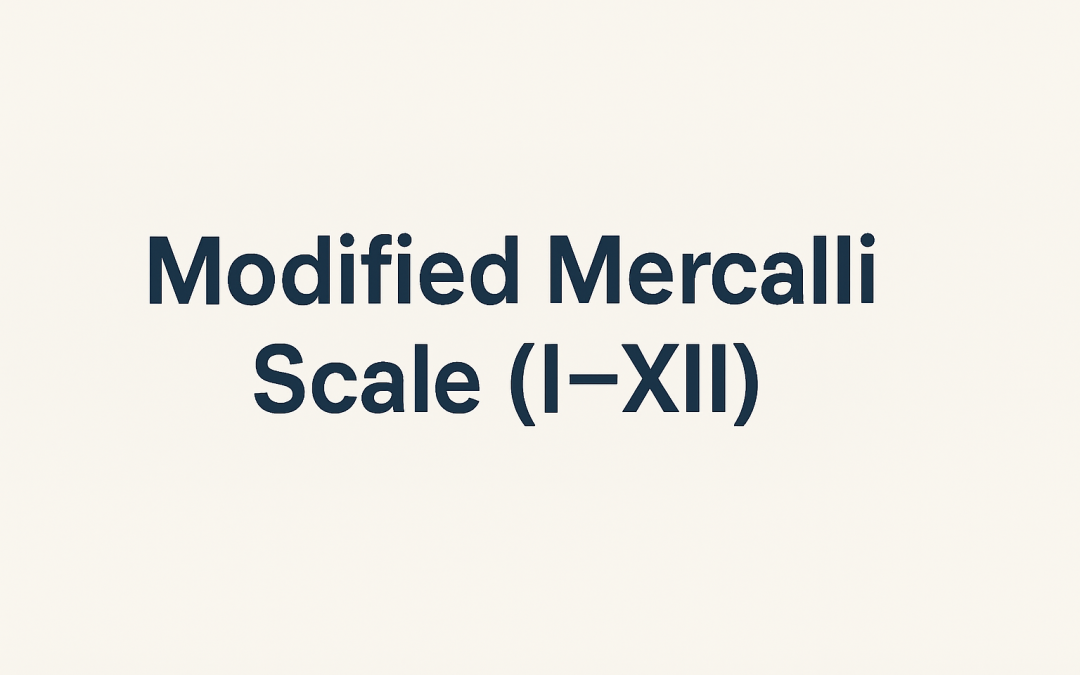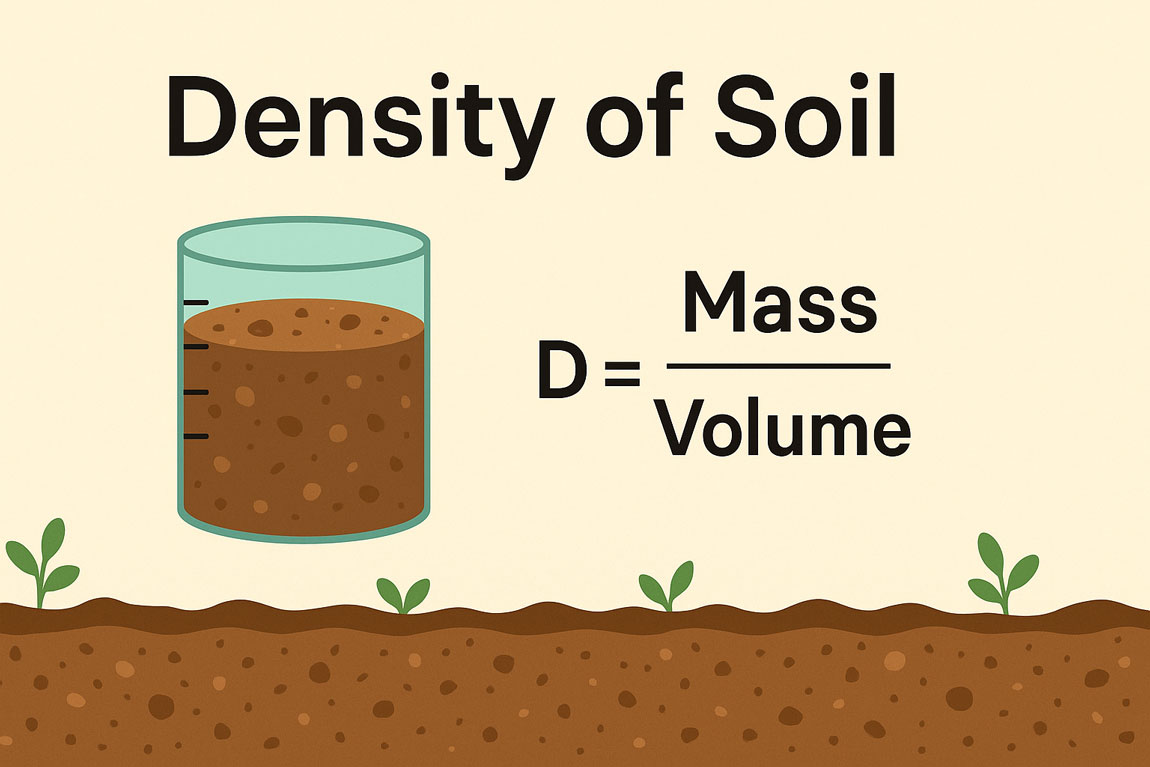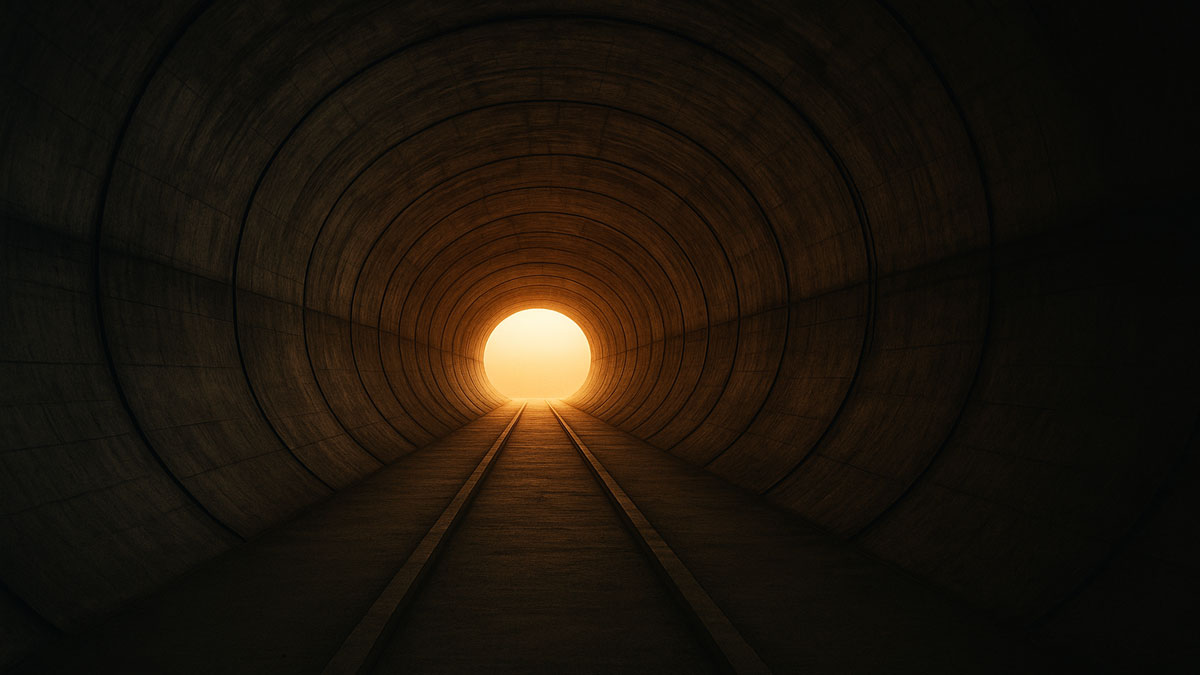The Mercalli scale was developed in 1902 and modified in the 1930s. The Mercalli scale assigns a numerical value, from Roman numeral I to XII, to the intensity of seismic shaking at any one particular location.
Modified Mercalli scale:
I. Not felt, except by a very few, under especially favorable circumstances.
II. Felt only by a few persons at rest, especially on upper floors of buildings. Delicately suspended objects may swing.
III. Felt quite noticeably indoors, especially on upper floors of buildings, but many people do not recognize it as an earthquake. Standing automobiles may rock slightly. Vibrations like a passing truck.
IV. During the day, felt indoors by many, outdoors by few. At night, some awakened. Dishes, windows, and doors were disturbed; cracking sounds from the walls. A sensation like a heavy truck striking a building. Standing automobiles rock noticeably.
V. Felt by nearly everyone; many awakened. Some dishes, windows, etc., are broken; a few instances of cracked plaster; unstable objects overturned. Disturbance of trees, poles, and other tall objects is sometimes noticed. Pendulum clocks may stop.
VI. Felt by all; many frightened and ran outdoors. Some heavy furniture moved; a few instances of fallen plaster or damaged chimneys. Structural damage is slight.
VII. Everybody runs outdoors. Damage is negligible in buildings of good design and construction; slight to moderate in well-built ordinary structures; considerable in poorly-built or badly-designed structures; some chimneys are broken. Noticed by people driving.
VIII. Damage is slight in specially-engineered structures; considerable in ordinary structures. Many buildings have experienced partial collapse. Panel walls are thrown out of some frame structures. Fall of chimneys, factory stacks, columns, monuments, and masonry walls. Heavy furniture overturned. Sand and mud are ejected in small amounts. Changes in well water.
IX. Damage is considerable in all structures. Well-designed frame structures thrown out of plumb; partial collapse in many substantial buildings. Buildings shifted off their foundations. Ground conspicuously cracked. Underground pipes are broken.
X. Some well-built wooden structures destroyed; most masonry and frame structures destroyed, including foundations. The ground is badly cracked. Rails bent. Landslides occur on river banks and other steep slopes. Shifted sand and mud.
XI. Few, if any, masonry structures remain standing. Bridges destroyed. Broad fissures in the ground. Underground pipelines are completely out of service. Earth slumps and land slips in soft ground. Rails bent greatly.
XII. Damage total. Waves are seen on the ground surface. Lines of sight distorted. Objects thrown upward into the air.
Conclusion:
The Modified Mercalli Scale measures earthquakes based on real observed effects rather than instruments, making it valuable for understanding human and structural impact. It remains an important tool in assessing earthquake intensity and disaster awareness.






